Membrane Transporter/Ion Channel
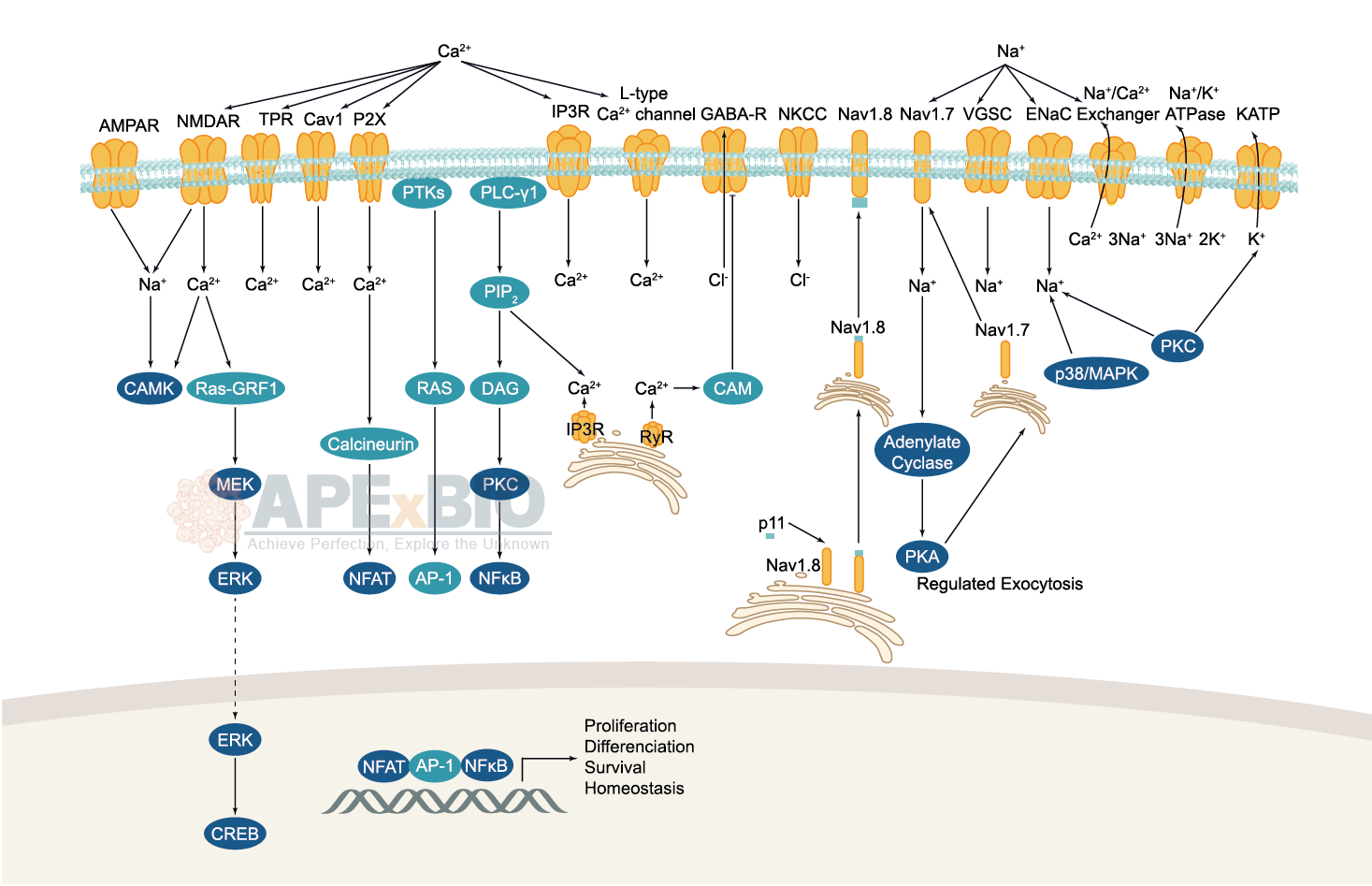

Membrane Transporters mediate the movement of ions and molecules via binding and moving the substance across the membrane. There are two main actions of transporter: facilitated diffusion (passive transport) and active transport. Membrane transporters which bind the hydrolysis of ATP to the transport of target molecules are referred to as ATPases. For instance, Na+,K+-ATPases or Na+,K+-pumps are responsible for the transport of Na+ out of and K+ into cells.
Ion channels are pore-forming membrane proteins which allow the flow of ions across the membrane. The ion channels can be broadly grouped into six families including calcium channels, chloride channels, potassium channels, sodium channels, gap junction proteins and porins. Not all ion channels are gated, such as certain type of K+ and Cl– channels, transient receptor potential superfamily of cation channels, the ryanodine receptors and the IP3 receptors, but most Na+, K+, Ca2+ and some Cl– channels are all gated by voltage. Ligand-gated channels are regulated in response to ligand binding (e.g. neurotransmitters signaling). These ligand-gated neurotransmitter receptors are known as ionotropic receptors. Various neurotransmitters couple to ionotropic receptors such as glutamate, acetylcholine, glycine, GABA, and serotonin.
-
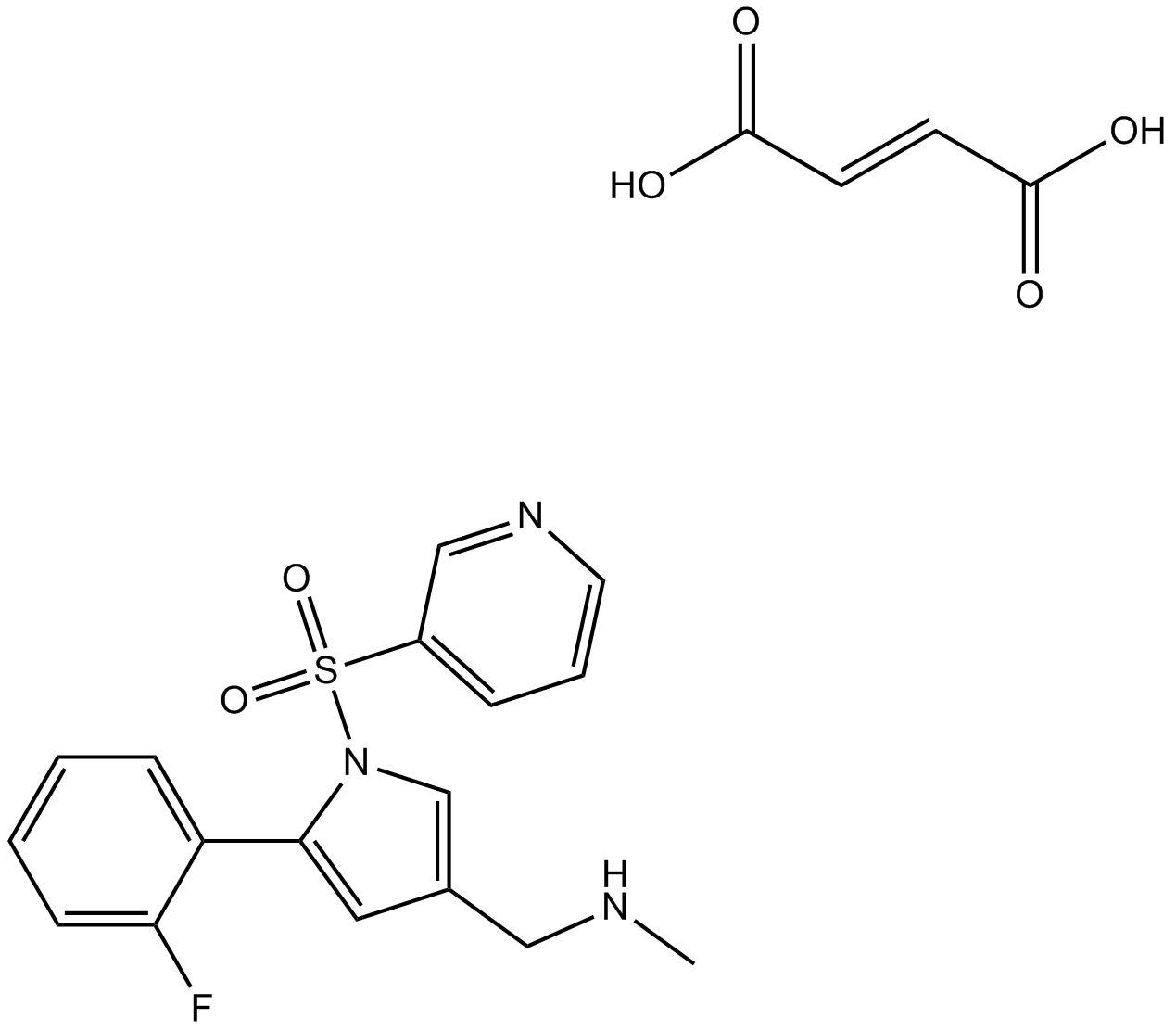 A2308 TAK-438Summary: Blocker of potassium-competitive acid
A2308 TAK-438Summary: Blocker of potassium-competitive acid -
 A8349 Omecamtiv mecarbilTarget: MyosinSummary: Cardiac myosin activator
A8349 Omecamtiv mecarbilTarget: MyosinSummary: Cardiac myosin activator -
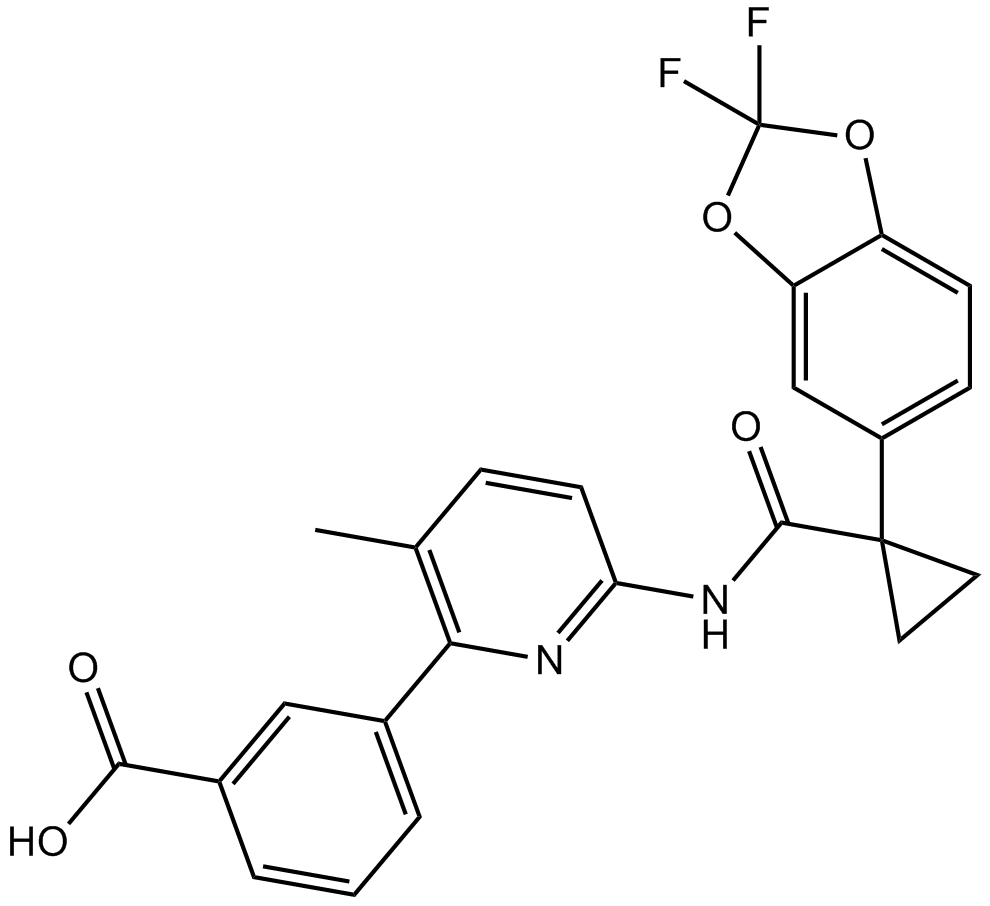 A8351 VX-809Target: CFTRSummary: CFTR corrector
A8351 VX-809Target: CFTRSummary: CFTR corrector -
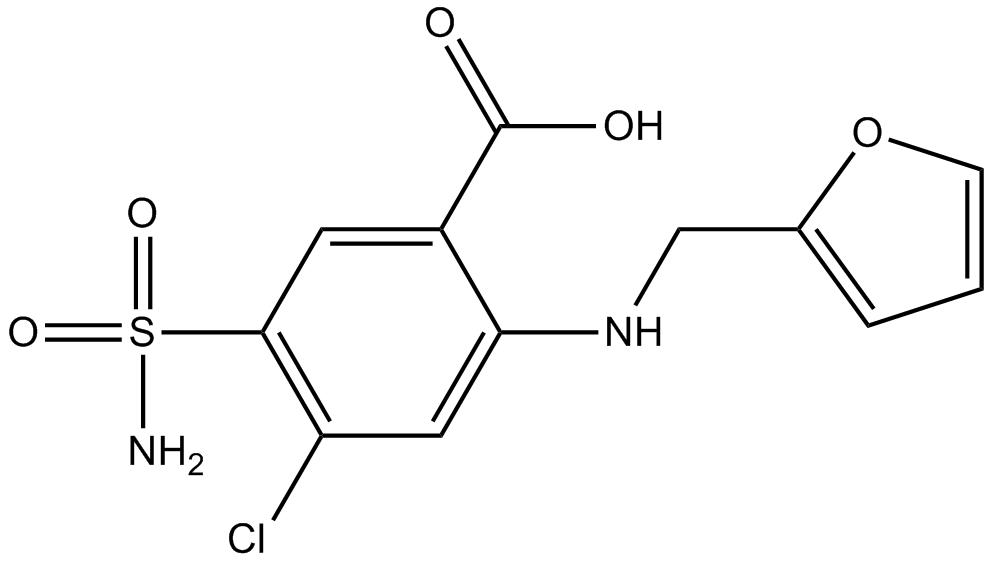 A8435 FurosemideTarget: Na /K /Cl- Symporters (NKCCs)|GABAA ReceptorsSummary: GABAA receptors antagonist
A8435 FurosemideTarget: Na /K /Cl- Symporters (NKCCs)|GABAA ReceptorsSummary: GABAA receptors antagonist -
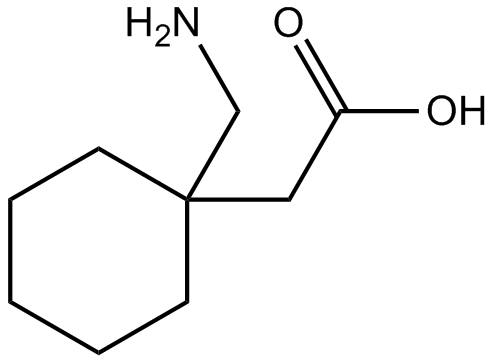 A8436 GabapentinSummary: GABA enhancer
A8436 GabapentinSummary: GABA enhancer -
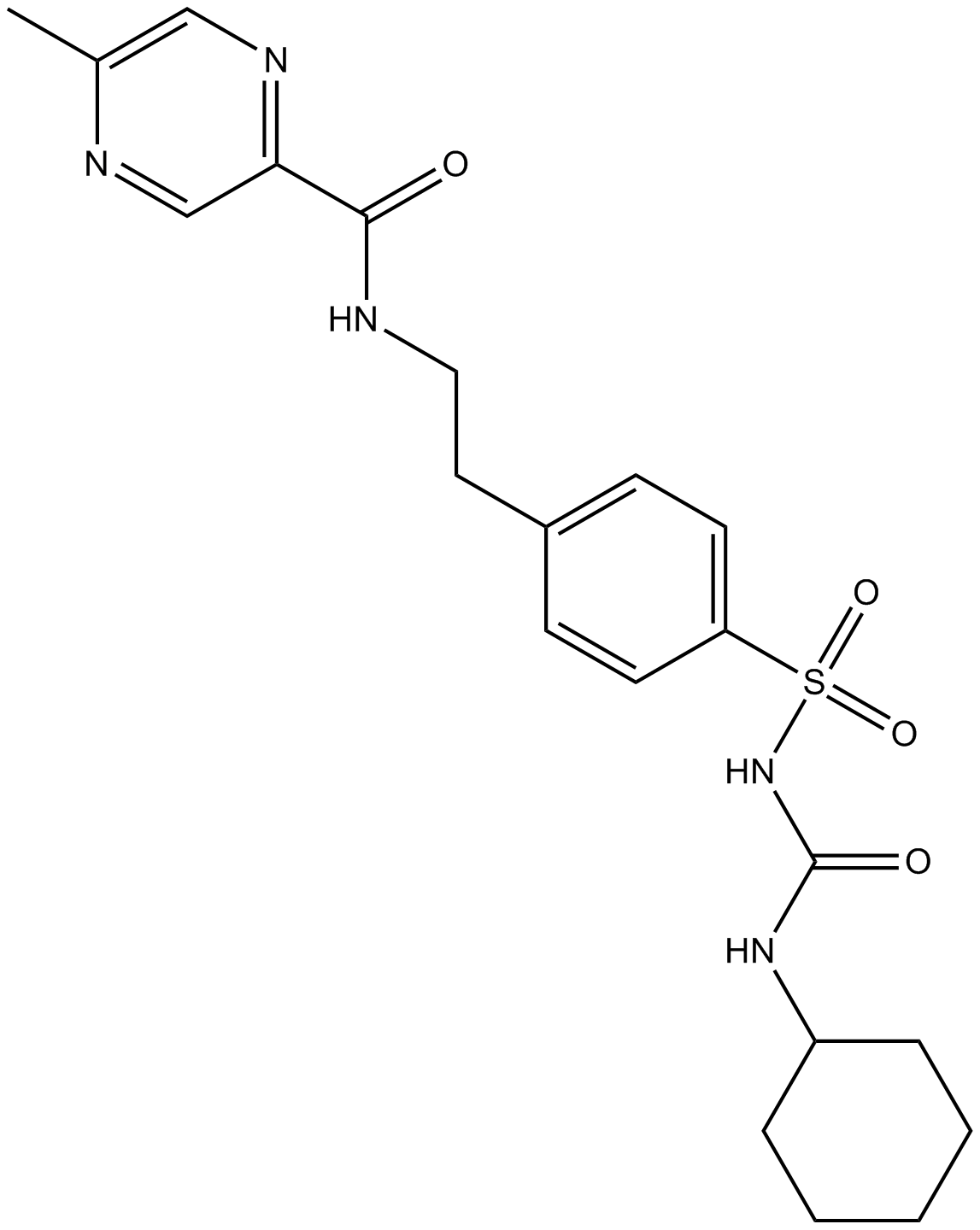 A8438 GlipizideSummary: Oral anti-diabetic medication
A8438 GlipizideSummary: Oral anti-diabetic medication -
 A8453 Isradipine (Dynacirc)Summary: Calcium channel blocker
A8453 Isradipine (Dynacirc)Summary: Calcium channel blocker -
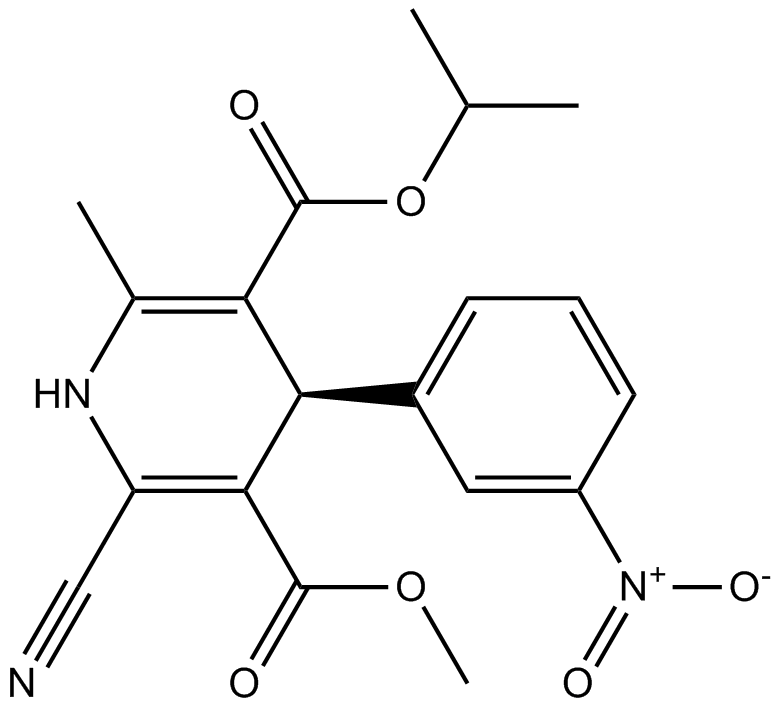 A8455 NilvadipineSummary: Calcium channel inhibitor
A8455 NilvadipineSummary: Calcium channel inhibitor -
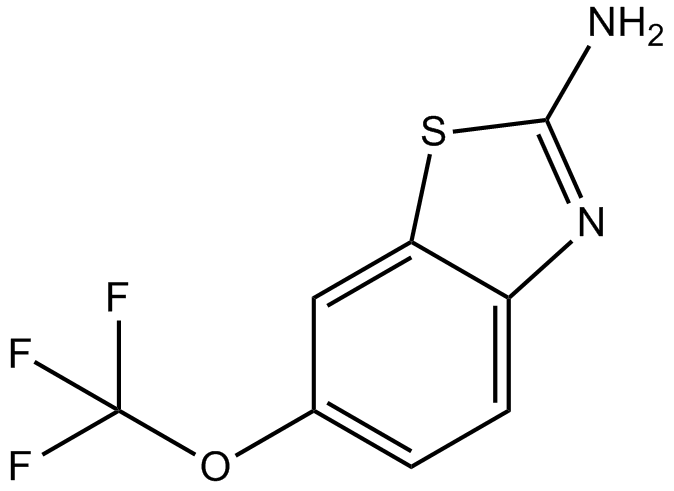 A8513 RiluzoleTarget: Voltage-gated Sodium (NaV) Channels|glutamate releaseSummary: Sodium channel protein inhibitor
A8513 RiluzoleTarget: Voltage-gated Sodium (NaV) Channels|glutamate releaseSummary: Sodium channel protein inhibitor -
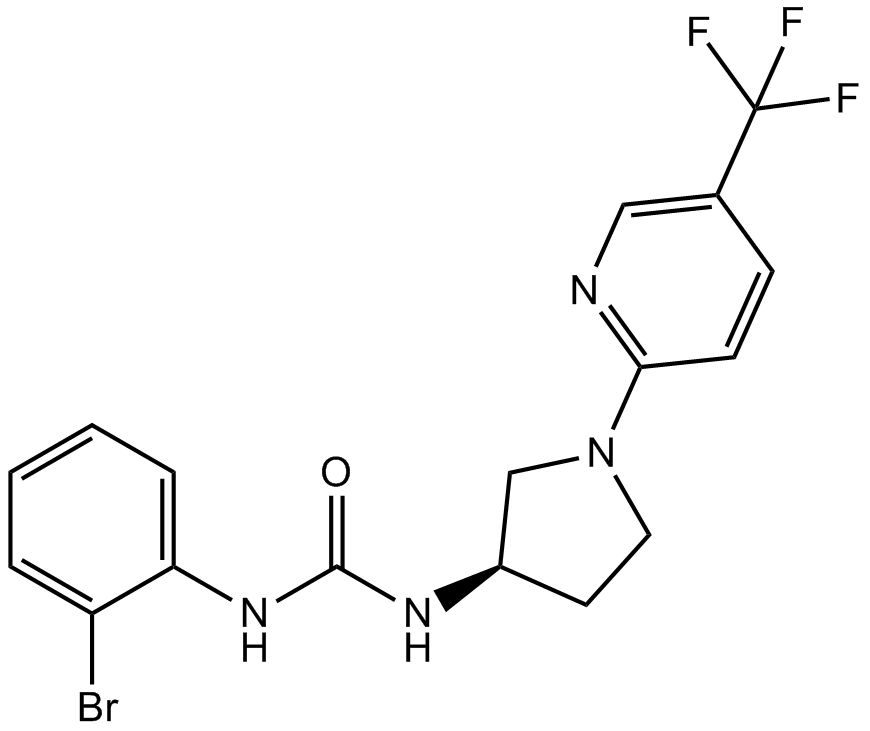 A8519 SB705498Summary: TRPV1 antagonist,potent and selective
A8519 SB705498Summary: TRPV1 antagonist,potent and selective


